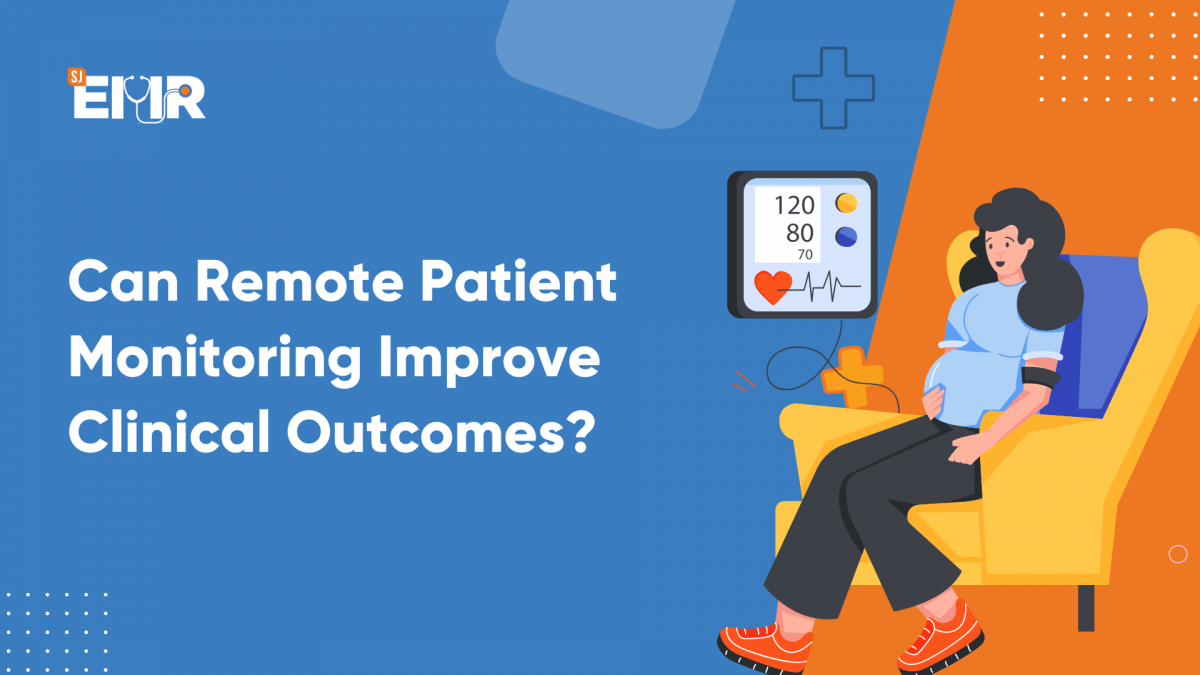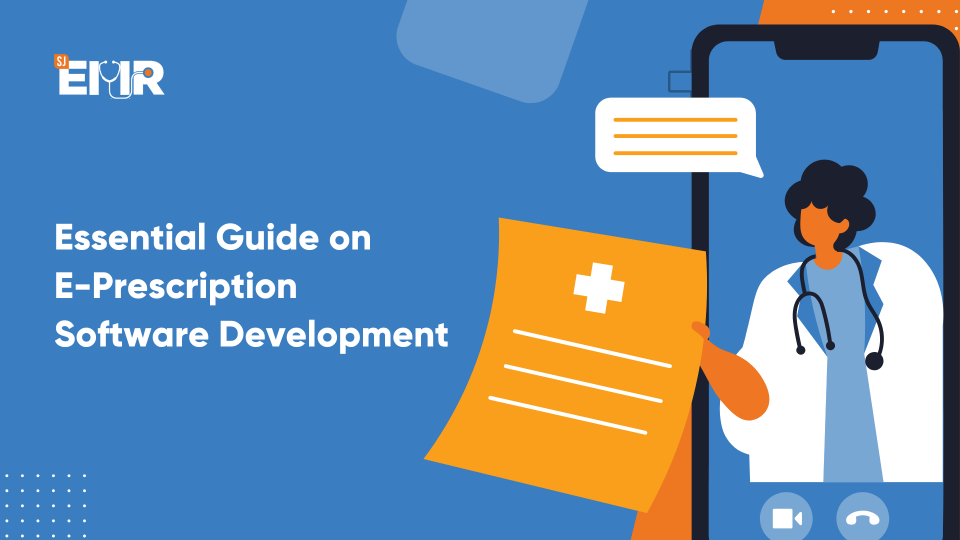Can Remote Patient Monitoring Improve Clinical Outcomes?

The Future of Medicine: Understanding How Electronic Prescriptions Work
June 20, 2024
Key EMR software trends in 2024
August 28, 2024- ai in remote health monitoring
- BD Doctor
- BD EMR
- benefits of remote patient monitoring in healthcare
- doctor bd
- Electronic medical record
- emr
- emr in bangladesh
- emr integration
- How does remote patient monitoring improve patient outcomes?
- impact of rpm on chronic disease management
- Patient management system
- remote patient monitoring (rpm)
- Remote patient monitoring for better patient engagement
- rpm advancements in healthcare
- sj emr
- What are the strengths of remote patient monitoring?
The healthcare landscape is undergoing a significant transformation, with remote patient monitoring (RPM) rapidly emerging as a valuable tool. This technology allows medical professionals to track patients’ health data remotely, facilitating proactive care and potentially improving clinical outcomes. However, as with any new technology, there are challenges to consider alongside the exciting possibilities.
For EMR software users like yourselves – medical professionals, general practitioners, doctors, and nurses – understanding both sides of the coin is crucial when evaluating the role of RPM in your practice.
What is Remote Patient Monitoring?
RPM utilizes technology to collect vital health data from patients outside a clinical setting. This data can include:
- Blood pressure readings
- Blood sugar levels
- Weight measurements
- Oxygen saturation
- Sleep patterns
- Activity levels
Patients typically use wearable devices, mobile apps, or home-based monitoring systems to gather this data. The data is then transmitted securely to a central platform accessible by healthcare providers through their EMR software.
Benefits of Remote Patient Monitoring in Healthcare
How does remote patient monitoring improve patient outcomes?
Enhanced Patient Engagement: One of the benefits of remote patient monitoring in healthcare is enhanced patient engagement. RPM empowers patients to participate actively in their healthcare journey. By monitoring their vitals and health metrics at home, patients gain a deeper understanding of their health. This improves self-management and fosters better communication with their healthcare providers.
Improved Medication Adherence: One of the biggest challenges in chronic disease management is medication adherence. The impact of RPM on chronic disease management can help track medication usage, send reminders to patients, and provide valuable data on adherence patterns. This empowers healthcare professionals to tailor treatment plans and address any challenges patients might face with their medication regimens.
Convenience and Flexibility: RPM eliminates the need for frequent in-person visits, especially for patients with chronic conditions requiring regular monitoring. This flexibility allows patients to manage their health from the comfort of their homes, reducing disruptions to their daily routines.
Enhanced Sense of Security: Continuous monitoring provides peace of mind for patients with chronic conditions, knowing their healthcare providers can identify potential issues promptly.
Early Detection of Health Concerns: Continuous monitoring allows for early identification of potential health issues. For instance, an RPM system can detect subtle fluctuations in blood sugar levels for diabetic patients, allowing for timely intervention and preventing more serious complications.
Reduced Hospital Readmissions: Early detection and intervention through RPM can prevent minor health issues from escalating into hospitalizations. This not only improves patient outcomes but also reduces the strain on healthcare resources. Studies have shown that RPM can effectively decrease hospital readmission rates for patients with chronic conditions like congestive heart failure.
Improved Quality of Life: By allowing patients to manage their health more effectively and proactively, RPM can significantly improve their overall quality of life.
Impact of Remote Patient Monitoring on Clinical Outcomes:
Studies have shown that RPM can lead to significant improvements in clinical outcomes across various chronic conditions. “What problems does remote patient monitoring solve?” Here are some examples:
- Diabetes: RPM has demonstrated effectiveness in helping diabetic patients manage their blood sugar levels, leading to improved glycemic control and reduced risk of complications.
- Heart Disease: Remote monitoring of vital signs like blood pressure and heart rate can help detect early signs of cardiac issues, enabling timely interventions like medication adjustments or lifestyle changes.
- Chronic Obstructive Pulmonary Disease (COPD): RPM allows for monitoring of symptoms like oxygen saturation and activity levels, helping patients with COPD manage their condition effectively and reduce the risk of exacerbations.
- Mental Health: Telehealth monitoring combined with RPM can offer a valuable tool for managing mental health conditions like depression and anxiety, allowing for continuous monitoring of mood and symptom patterns.
Challenges and Considerations of Remote Patient Monitoring:
While RPM offers significant benefits, there are some challenges to consider:
- Technology Access and Literacy: Not all patients have access to the necessary technology or possess the digital literacy required to utilize RPM effectively. Providers need to ensure equitable access and offer proper training and support.
- Data Security and Privacy: Securing sensitive patient data transmitted through RPM systems is crucial. Healthcare providers must implement robust data security measures and ensure compliance with HIPAA regulations.
- Reimbursement Models: Current reimbursement models might not adequately incentivize the adoption of RPM services. Policy changes are needed to encourage wider utilization of this technology.
- Patient Engagement: Maintaining patient engagement with RPM programs requires ongoing motivation and support. Providers need to develop strategies to keep patients actively participating in their remote monitoring.
The Future of Remote Patient Monitoring with EMR Integration:
Integration of RPM data into existing EMR software is essential to maximize the benefits of this technology. Here’s how:
- Improved Data Integration: By seamlessly integrating RPM data with EMRs, healthcare providers have a holistic view of a patient’s health at their fingertips. This eliminates the need for manual data entry, reduces errors, and streamlines clinical workflows.
- Enhanced Clinical Decision Making: Having all patient data readily available within the EMR allows for a more informed and data-driven approach to diagnosis, treatment planning, and medication management.
- Automated Alerts and Early Intervention: Advanced EMR systems can leverage RPM data to trigger automated alerts concerning trends or deviations from normal health parameters. This enables providers to intervene promptly and avoid potential complications.
- Personalized Care Management: EMR software with integrated RPM data empowers healthcare providers to develop personalized care plans tailored to each patient’s unique needs and health status.
- Improved Patient-Provider Communication: EMR-integrated RPM allows for more efficient communication between patients and providers. Patients can share data and questions directly through the EMR platform, fostering a collaborative healthcare experience.
Taking the Next Step:
If you’re an EMR software user interested in exploring the possibilities of Remote Patient Monitoring, here are some steps you can take:
- Research different RPM solutions: Several vendors offer advanced RPM platforms compatible with various EMR systems. Evaluate features, user interfaces, security protocols, and integration capabilities to find a solution that aligns with your specific needs.
- Assess your patient population: Identify which patient groups within your practice would benefit most from RPM programs. Consider factors like chronic conditions, technology access, and willingness to participate.
- Develop implementation strategies: Develop a plan to integrate RPM into your existing workflows and train staff on the new technology. Consider strategies for patient education and ongoing engagement.
- Partner with stakeholders: Collaborate with other healthcare providers, such as specialists or rehabilitation centers, to create a comprehensive RPM program that caters to your patient population’s specific needs.
By embracing Remote Patient Monitoring technology and integrating it seamlessly with your EMR software, you can unlock a new era of patient care, leading to improved clinical outcomes, greater patient engagement, and a more efficient healthcare delivery system.




